
Curtiss last naval fighter
The Curtiss BF2C Goshawk (Model 67) was a US 1930s maritime biplane airplane that saw restricted achievement and was essential for a long queue of Bird of prey Series planes made by the Curtiss Plane and Engine Organization for the American military, and for trade as the Model 68 Falcon III.⚠ Note: This post is in writing. Completion expected in 2022.
Design Development

The US Naval force and Curtiss felt that the F11C-2 had advancement potential, and the Naval force chose to get a variation with retractable landing gear. This variation, which actually had the F11C-2's work of art "Falcon" wood wing with its level lined Clark Y airfoil, was assigned XF11C-3 by the Naval force and Model 67 by Curtiss. The primary stuff withdrawal framework was enlivened by the Grover Loening-planned framework on the Grumman XFF-1 model, and was physically operated.
The XF11C-3 was first conveyed to the USN in May 1933, with a Wright R-1820-80 spiral motor evaluated at 700 hp (520 kW). Preliminaries uncovered a 17 mph (27 km/h) speed up over the F11C-2, however the additional weight caused a reduction in mobility. The Naval force felt the taking care of corruption was more than offset by the speed up, notwithstanding. During testing the XF11C-3 had its wood-outlined wing supplanted by the metal-organized, biconvex, NACA 2212 airfoil wing, and not long after was redesignated XBF2C-1 (Model 67A) with regards to the new Plane Warrior category.
Variants
Engine
Main caracteristics
⚒ Grumman F4F-3 specifications 1941 | |
| Dimensions | 28 ft 9 in (8.76 m) x 38 ft 0 in (11.58 m) x 11 ft 10 in (3.61 m) |
| Wing area | Wing area: 260 sq ft (24 m2) |
| Airfield | Root: NACA 23015; tip: NACA 23009 |
| Weight, empty | 4,907 lb (2,226 kg) |
| Weight, gross | 7,423 lb (3,367 kg) |
| Propulsion | Pratt & Whitney R-1830-76 14-cyl 1,200 hp (890 kW) |
| Propeller | 3-bladed constant-speed propeller |
| Speed, max. | 331 mph (533 km/h, 288 kn) |
| Ceiling | 39,500 ft (12,000 m) |
| Climb Rate | 2,303 ft/min (11.70 m/s) |
| Range | 845 mi (1,360 km, 734 nmi) |
| Wing load | 28.5 lb/sq ft (139 kg/m2) |
| Power/mass | 0.282 kW/kg (0.172 hp/lb) |
| Armament: MGs | 4 × 0.50 in (12.7 mm) AN/M2 Browning MGs with 450 rounds |
| Armament: Bombs | 2 × 100 lb (45.4 kg) bombs |
| Armament: Rockets | Six 5 inches (127 mm) rockets underwings, 2x3 racks (FM-2) |
| Payload: | 2 × 58 US gal (48 imp gal; 220 l) drop tanks |
| Crew: | One Pilot |
The Goshawk in action

27 BF2C-1 were requested by the U.S. Naval force, with a raised back turtledeck, a semi-encased cockpit, and a metal-outlined lower wing. It was outfitted with two .30 type Sautéing assault rifles and three hardpoints for 500 lb (230 kg) of outer stores. Conveyed in October 1934, they were appointed to VB-5 on the plane carrying warship USS Officer, yet served a couple of months before hardships with the arrival gear prompted their withdrawal.[2] notwithstanding its short assistance run a large number of the advancements created for the Goshawk line tracked down wide use in Naval force airplane for a really long time to follow. They were the last Curtiss contender acknowledged for administration with the U.S. Navy.
The product form Model 68 Falcon III returned to the exemplary wood/Clark Y wings and was fueled by a 770 hp (570 kW) R-1820-F53. Chinese Bird of prey IIIs filled in as multi-reason airplane when battle tasks against the Royal Japanese Armed force and Naval force Flying corps started vigorously in August 1937, especially with the Clash of Shanghai and Nanjing, and were viewed as the Patriot Chinese Flying corps' cutting edge warrior pursuit airplane alongside their stock of Falcon IIs, Boeing Model 281 "Peashooters" and Fiat CR.32s. Col. Gao Zhihang scored a twofold kill against the predominant Mitsubishi A5M "Claude" (ancestor of the A6M "Zero") over Nanjing on 12 October, 1937 while at the controls of his Bird of prey III numbered "IV-I" (fourth Pursuit Gathering, Commander).
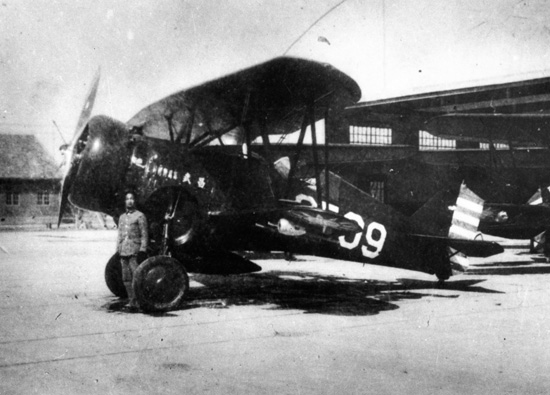
As the air-prohibition and close-air support for the Public Progressive Multitude of China went on at the Skirmish of Shanghai on 14 October, 1937, the Chinese Flying corps sent off a significant negative mark against Japanese situations in Shanghai at 16:00 hours with an extraordinarily blended power of three Curtiss Falcon IIIs accompanying three B-10s, two He-111As, five O-2MCs and five Gammas from Nanjing in the late-evening, and afterward one strike sent off consistently from Nanking to Shanghai in the evening until 03:00 hours on 15 October.[4] These mix of assaults with the Bird of prey IIIs were utilized against both the Supreme Japanese Armed force and Naval force Aviation based armed forces, and against both ground and maritime focuses with impressive accomplishment through the finish of 1937, preceding being supplanted by the better-furnished and quicker Polikarpov I-15 and I-16 warriors that were provided to the Chinese Flying corps through the Sino-Soviet Settlement of 1937.
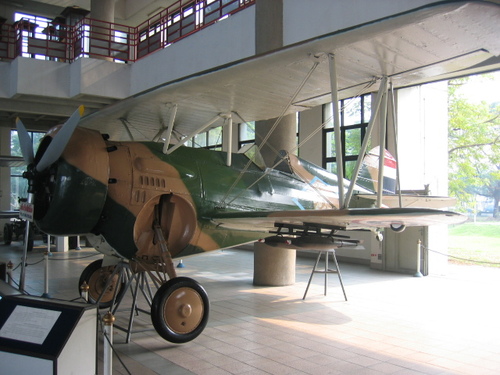
In mid 1935, Thailand put in a request for 24 Curtiss Falcon IIIs at an expense of 63,900 Baht each, and an it was additionally purchased to fabricate permit. The initial 12 Bird of prey IIIs were transported to Thailand in August and the excess 12 showed up after the expected time 1935, which were named Contender Type 10. A sum of 50 Bird of prey IIIs were privately worked during 1937 and 1939. The sort was utilized against the French in the Franco-Thai Conflict and the Japanese trespassers in December 1941, then consigned for use as mentors. A portion of these airplanes were as yet dynamic in 1949 and one airframe (KH-10) makes due in the Regal Thai Aviation based armed forces Museum.
The Model 79 Bird of prey IV demonstrator had a completely encased cockpit and a 790 hp (590 kW) R-1820-F56.
Gallery
Illustrations
Photos
- Lohner E (1913)
- Macchi M3 (1916)
- Macchi M5 (1918)
- Ansaldo ISVA (1918)
- Sopwith Baby (1916)
- Short 184 (1916)
- Fairey Campania (1917)
- Sopwith Cuckoo (1917)
- Felixstowe F.2 (1917)
- Friedrichshafen FF 33 (1916)
- Albatros W4 (1916)
- Albatros W8 (1918)
- Hanriot HD.2
- Grigorovitch M5
- IJN Farman MF.7
- IJN Yokosho Type Mo
- Yokosho Rogou Kougata (1917)
- Yokosuka Igo-Ko (1920)
- Curtiss N9 (1916)
- Aeromarine 39
- Vought VE-7
- Douglas DT (1921)
- Boeing FB.5 (1923)
- Boeing F4B (1928)
- Vought O2U/O3U Corsair (1928)
- Blackburn Blackburn (1922)
- Supermarine Seagull (1922)
- Blackburn Ripon (1926)
- Fairey IIIF (1927)
- Fairey Seal (1930)
- LGL-32 C.1 (1927)
- Caspar U1 (1921)
- Dornier Do J Wal (1922)
- Rohrbach R-III (1924)
- Mitsubishi 1MF (1923)
- Mitsubishi B1M (1923)
- Yokosuka E1Y (1923)
- Nakajima A1N (1927)
- Nakajima E2N (1927)
- Mitsubishi B2M (1927)
- Nakajima A4N (1929)
- CANT 18
WW1
✠ K.u.K. Seefliegerkorps:
 Italian Naval Aviation
Italian Naval Aviation
 RNAS
RNAS
 Marineflieger
Marineflieger
 French Naval Aviation
French Naval Aviation
 Russian Naval Aviation
Russian Naval Aviation
 IJN Air Service
IJN Air Service
 USA
USA
Interwar
 Interwar US
Interwar US
 Interwar Britain
Interwar Britain
 Interwar France
Interwar France
 Interwar Germany
Interwar Germany
 Interwar Japan
Interwar Japan
 Interwar Italy
Interwar Italy
- Curtiss SOC seagull (1934)
- Grumman FF (1931)
- Curtiss F11C Goshawk (1932)
- Grumman F2F (1933)
- Grumman F3F (1935)
- Northrop BT-1 (1935)
- Grumman J2F Duck (1936)
- Consolidated PBY Catalina (1935)
- Brewster/NAF SBN-1 (1936)
- Curtiss SBC Helldiver (1936)
- Vought SB2U Vindicator (1936)
- Brewster F2A Buffalo (1937)
- Douglas TBD Devastator (1937)
- Vought Kingfisher (1938)
- Curtiss SO3C Seamew (1939)
- Douglas SBD Dauntless (1939)
- Grumman F4F Wildcat (1940)
- F4U Corsair (NE) (1940)
- Brewster SB2A Buccaneer (1941)
- Grumman TBF/TBM Avenger (1941)
- Consolidated TBY Sea Wolf (1941)
- Grumman F6F Hellcat (1942)
- Curtiss SB2C Helldiver (1942)
- Curtiss SC Seahawk (1944)
- Grumman F8F Bearcat (1944)
- Ryan FR-1 Fireball (1944)
- Douglas AD-1 Skyraider (1945)
Fleet Air Arm
- Fairey Swordfish (1934)
- Blackburn Shark (1934)
- Supermarine Walrus (1936)
- Fairey Seafox (1936)
- Blackburn Skua (1937)
- Short Sunderland (1937)
- Blackburn Roc (1938)
- Fairey Albacore (1940)
- Fairey Fulmar (1940)
- Grumman Martlet (1941)
- Hawker sea Hurricane (1941)
- Brewster Bermuda (1942)
- Fairey Barracuda (1943)
- Fairey Firefly (1943)
- Grumman Tarpon (1943)
- Grumman Gannet (1943)
- Supermarine seafire (1943)
- Blackburn Firebrand (1944)
- Hawker Sea Fury (1944)
IJN aviation
- Aichi D1A "Susie" (1934)
- Mitsubishi A5M "Claude" (1935)
- Nakajima A4N (1935)
- Yokosuka B4Y "Jean" (1935)
- Mitsubishi G3M "Nell" (1935)
- Nakajima E8N "Dave" (1935)
- Kawanishi E7K "Alf" (1935)
- Nakajima B5N "Kate" (1937)
- Kawanishi H6K "Mavis" (1938)
- Aichi D3A "Val" (1940)
- Mitsubishi A6M "zeke" (1940)
- Nakajima E14Y "Glen" (1941)
- Nakajima B6N "Jill" (1941)
- Mitsubishi F1M "pete" (1941)
- Aichi E13A Reisu "Jake" (1941)
- Kawanishi E15K Shiun "Norm" (1941)
- Nakajima C6N Saiun "Myrt" (1942)
- Yokosuka D4Y "Judy" (1942)
- Kyushu Q1W Tokai "Lorna" (1944)
Luftwaffe
- Arado 196 (1937)
- Me109 T (1938)
- Blohm & Voss 138 Seedrache (1940)
Italian Aviation
- Savoia-Marchetti S.55
- IMAM Ro.43/44
- CANT Z.501 Gabbiano
- CANT Z.506 Airone
- CANT Z.508
- CANT Z.511
French Aeronavale
- GL.300 (1926-39)
- Levasseur PL.5 (1927)
- Potez 452 (1935)
- Loire 210 (1936)
- Loire 130 (1937)
- LN 401 (1938)
Soviet Naval Aviation
- Shavrov SH-2 (1928)
- Tupolev TB-1P (1931)
- Beriev MBR-2 (1930)
- Tupolev MR-6 (1933)
- Tupolev MTB-1 (1934)
- Beriev Be-2 (1936)
- Polikarpov I16 naval (1936)
- Tupolev MTB-2 (1937)
- Ilyushine DB-3T/TP (1937)
- Beriev Be-4 (1940)
-
Skoda Š-328V
R-XIII Idro
Fokker C.XI W (1934)
WW2
- De Havilland Sea Vixen
- Hawker Sea Hawk
- Supermarine Scimitar
- Blackburn Buccaneer
- Hawker Sea Harrier
- Douglas A4 Skyhawk
- Grumman F9F Panther
- Vought F8 Crusader
- McDonnell-Douglas F-4 Phantom-II
- North Am. A5 Vigilante
- TU-142
- Yak 38 forger
☢ Cold War
✧ NATO
 Fleet Air Arm
Fleet Air Arm
 US Navy
US Navy
☭ Warsaw Pact
Merch
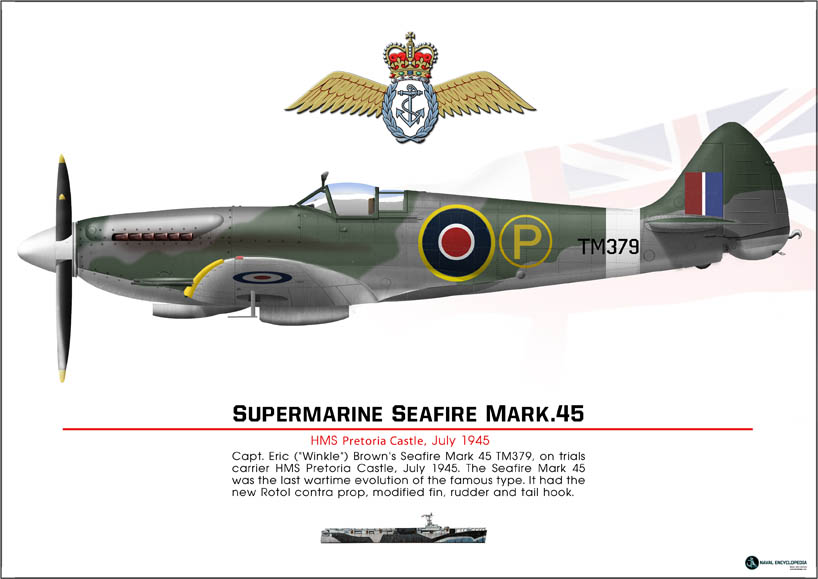
Seafire Mark 45; HMS Pretoria Castle
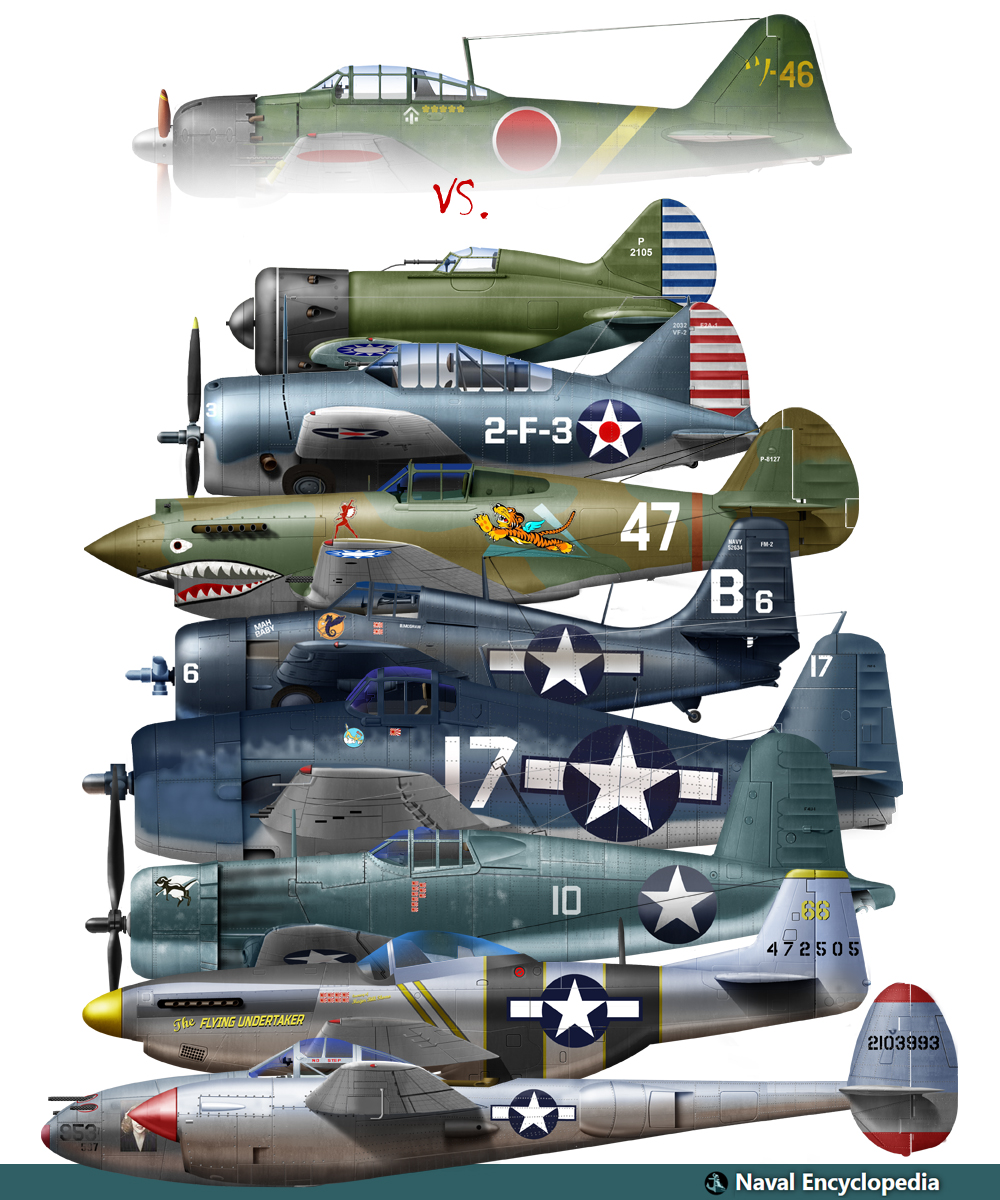
Zeros vs its aversaries
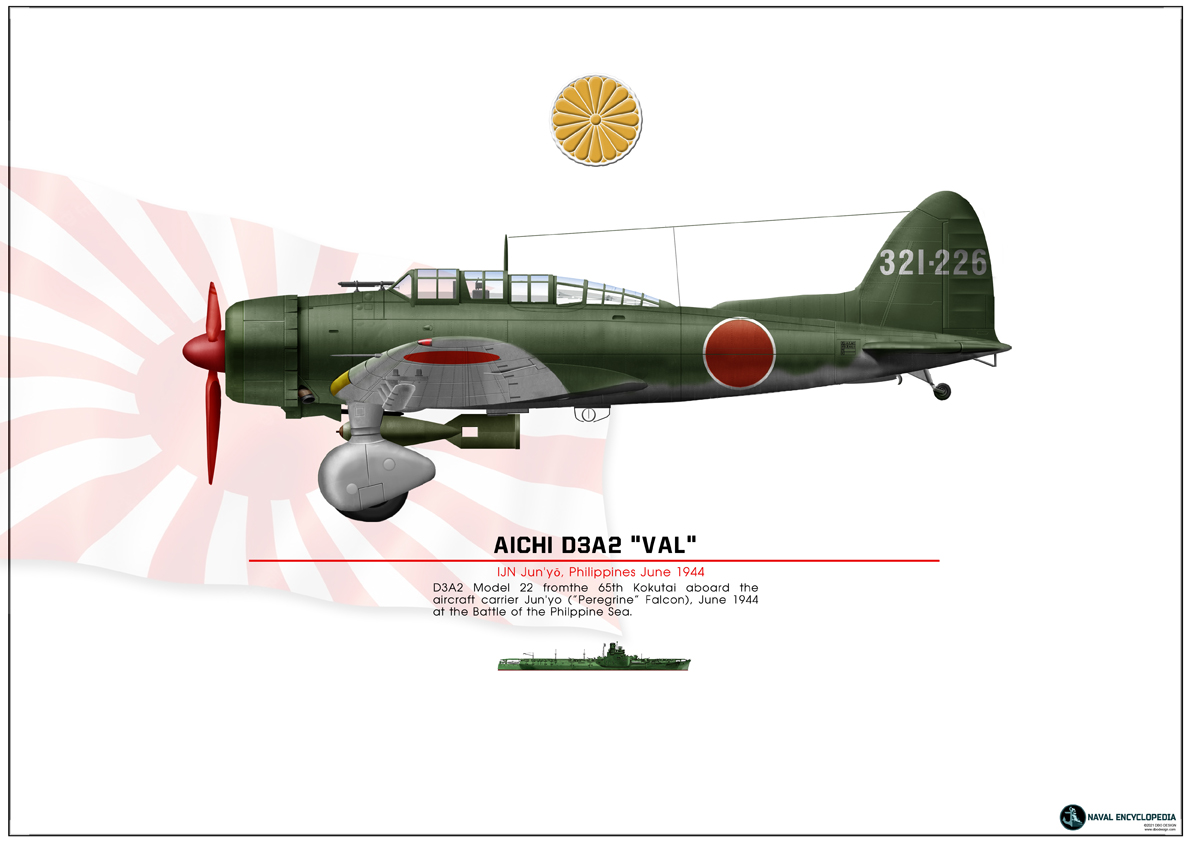
Aichi D3A “Val” Junyo
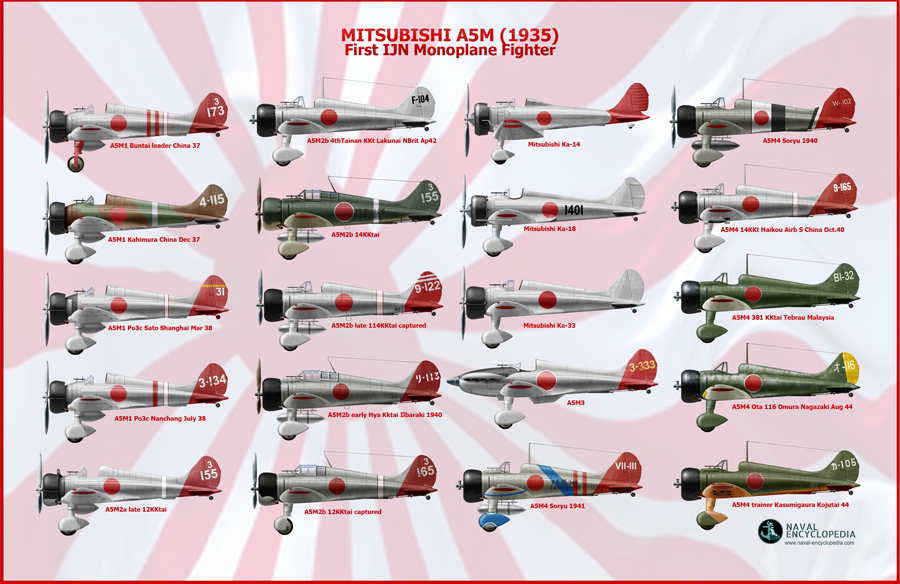
Mitsubishi A5M poster
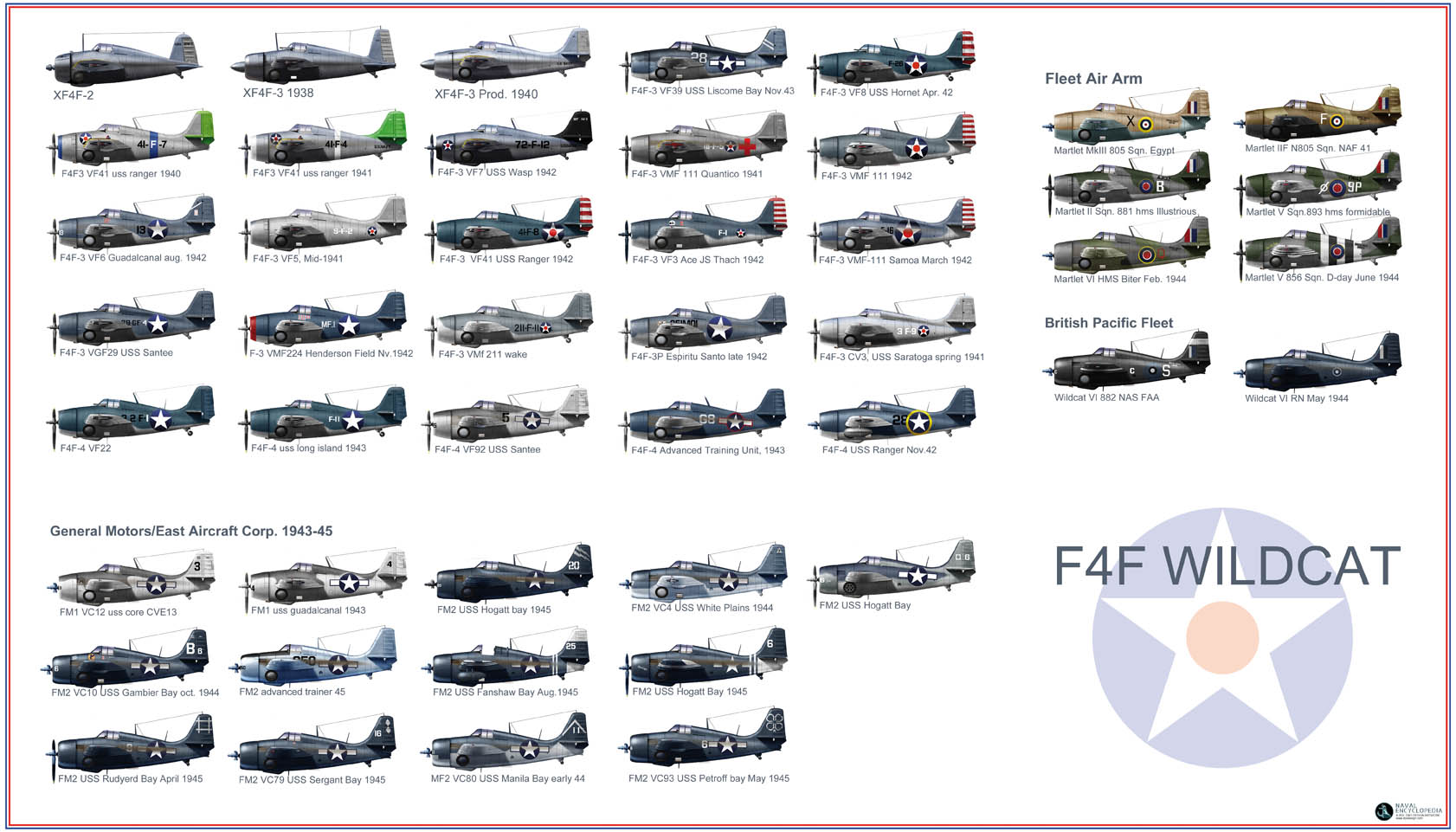
F4F wildcat
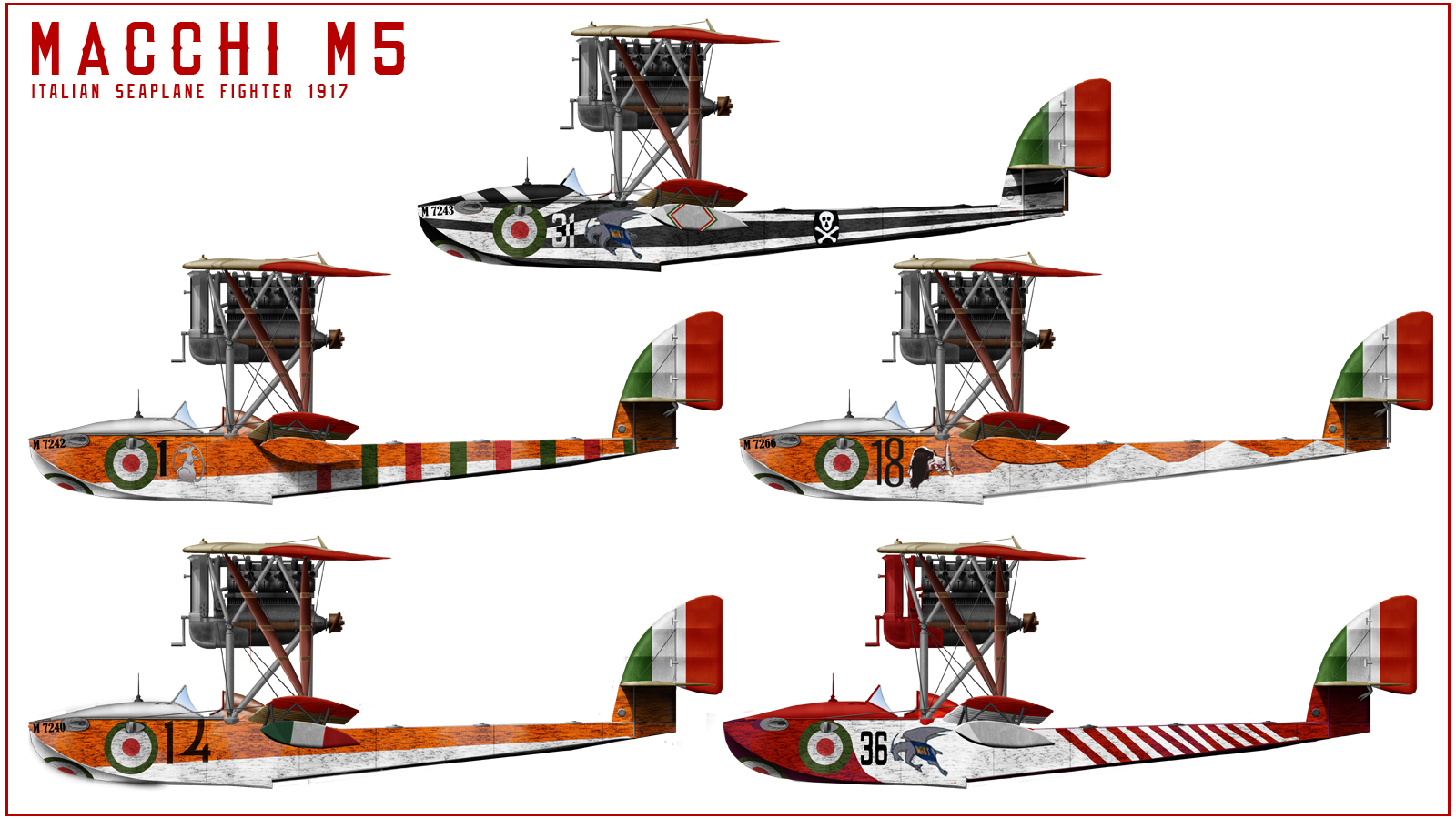
Macchi M5
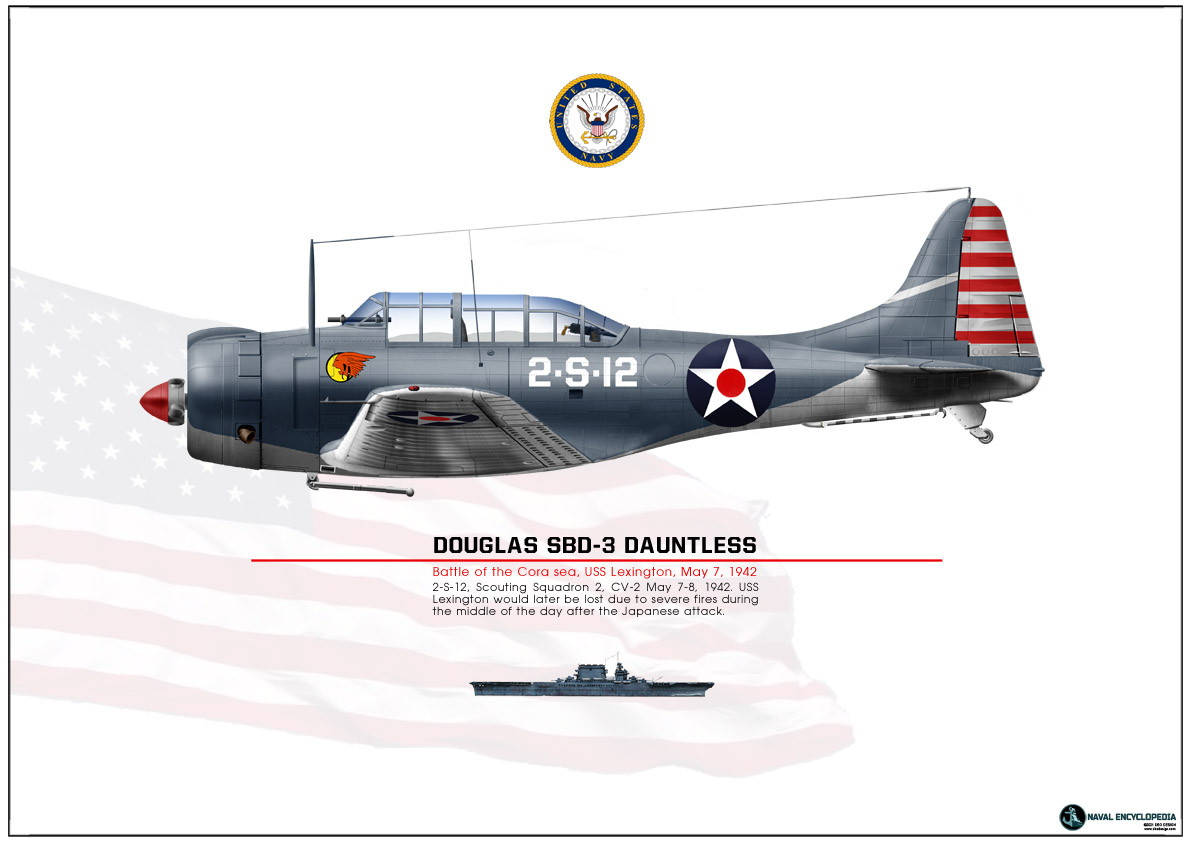
SBD Dauntless Coral Sea
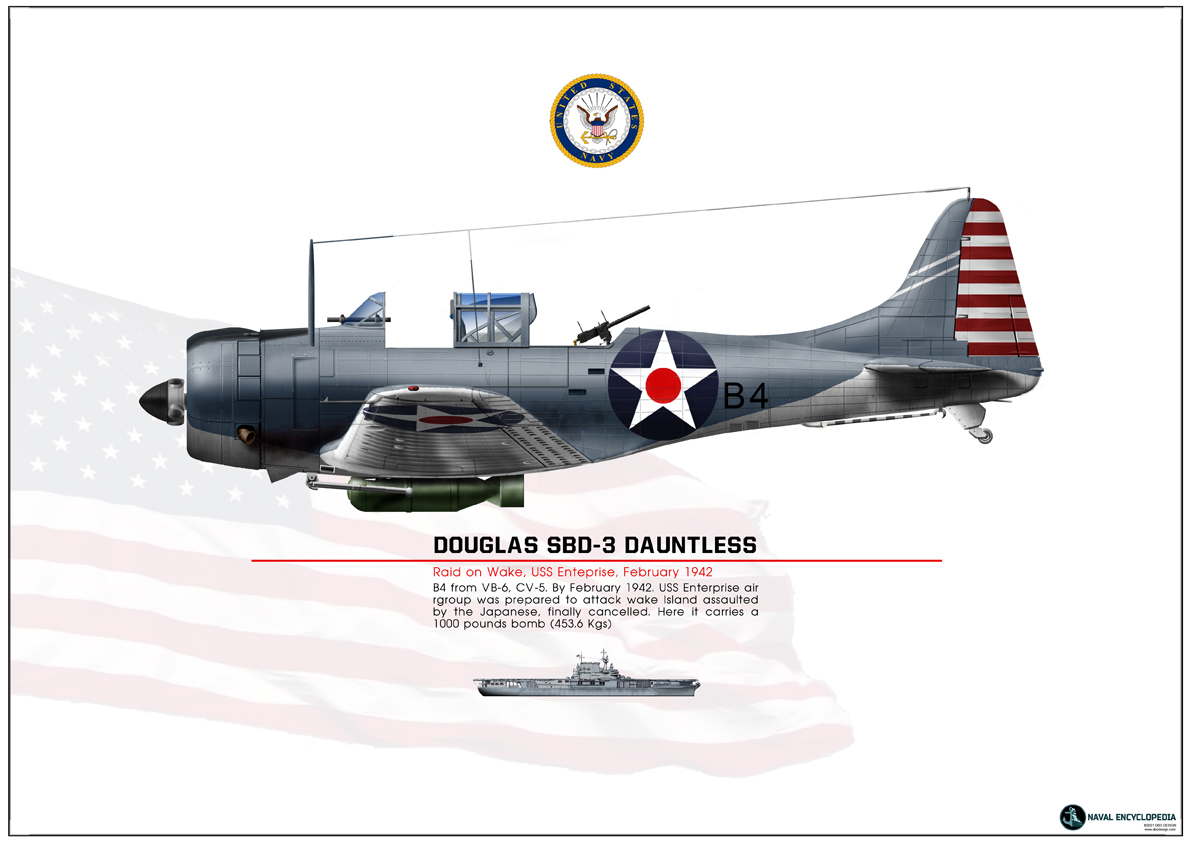
SBD Dauntless USS Enterprise
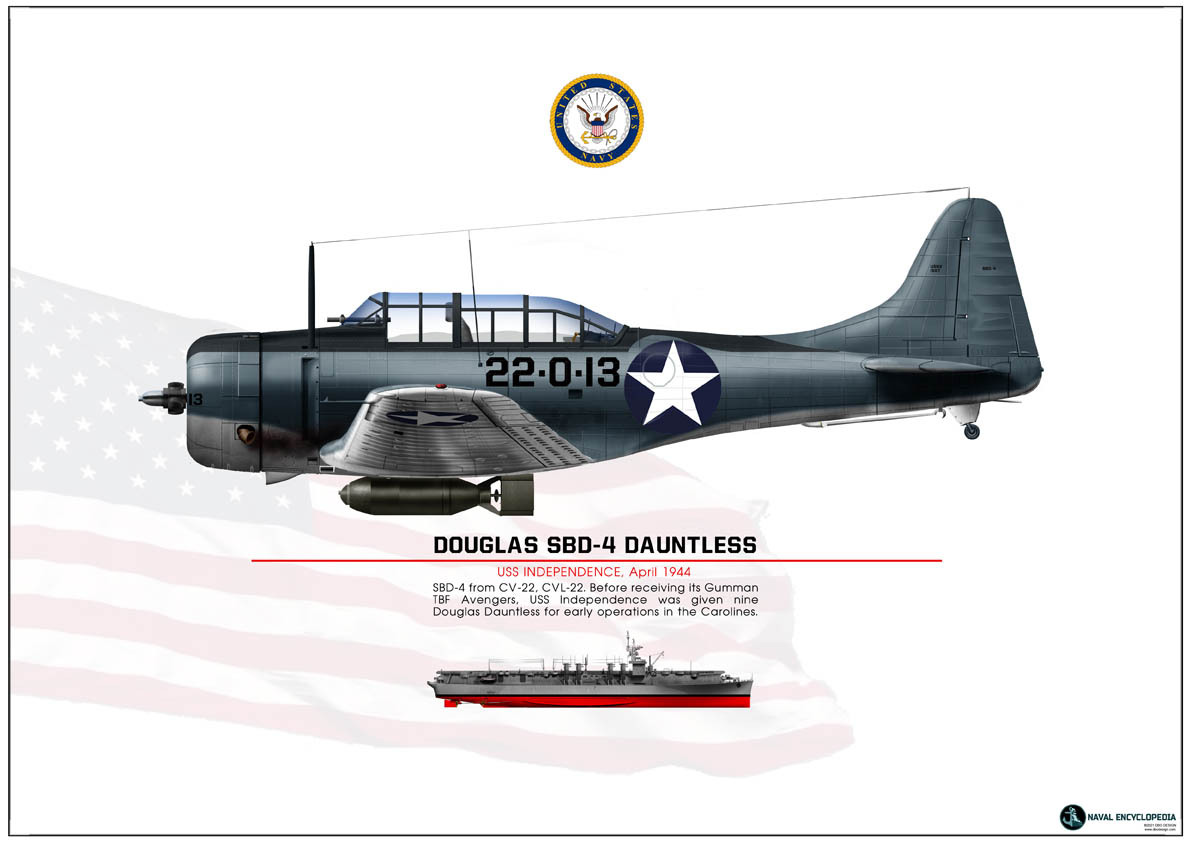
SBD-4 CV22